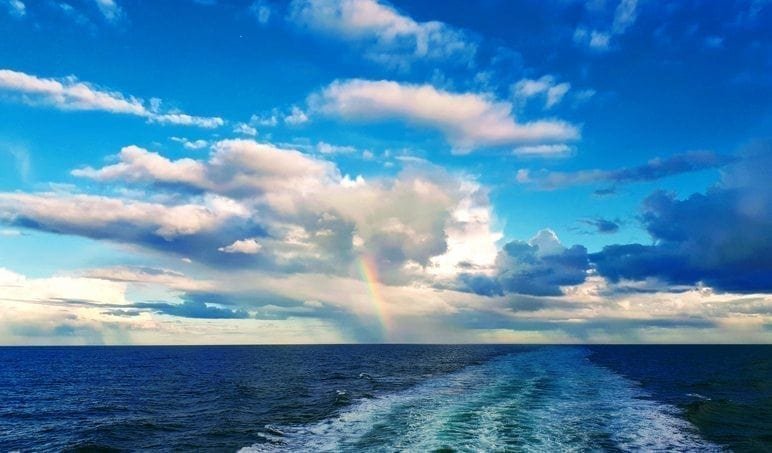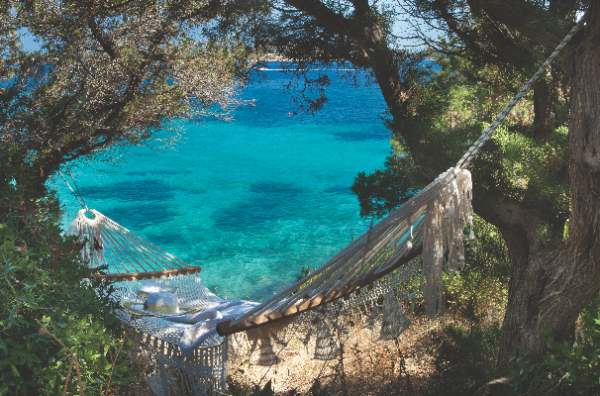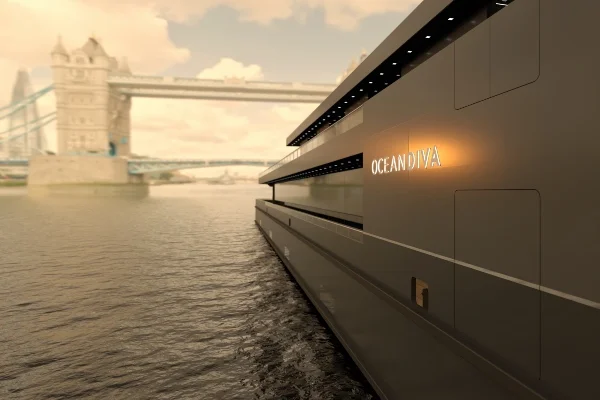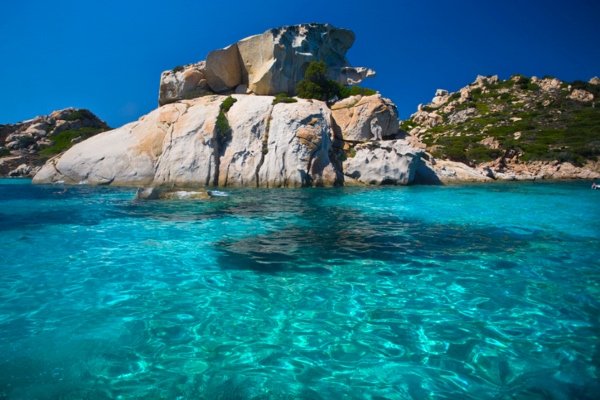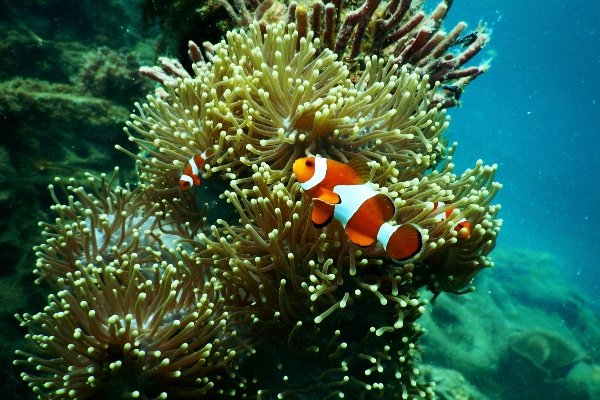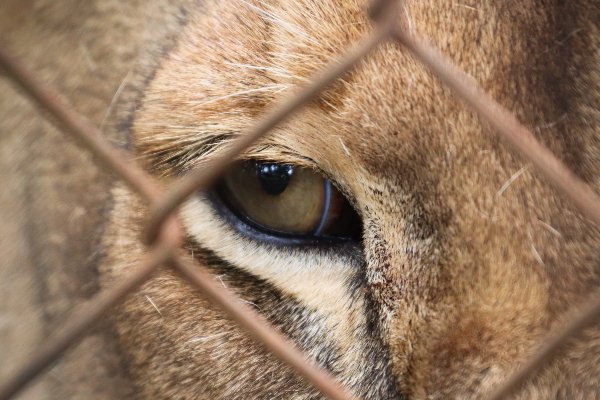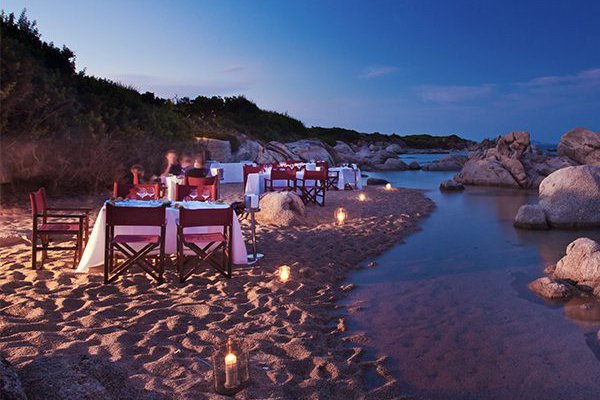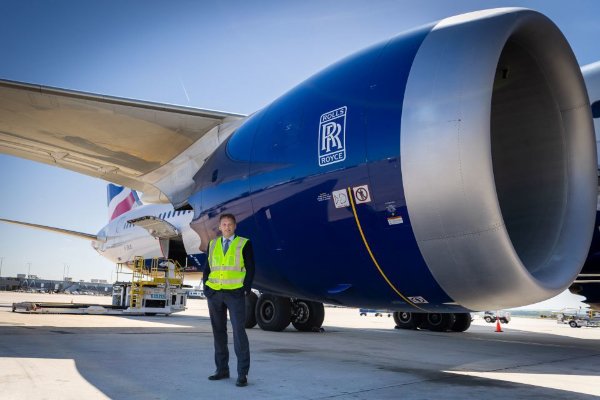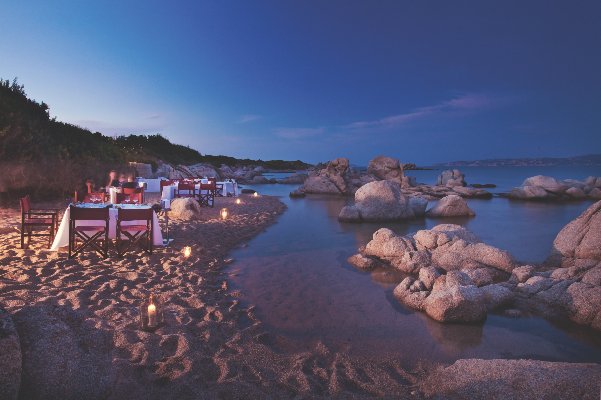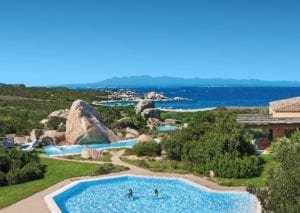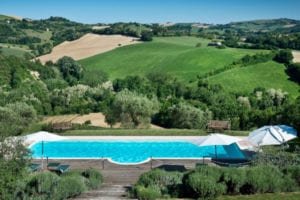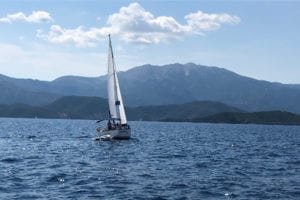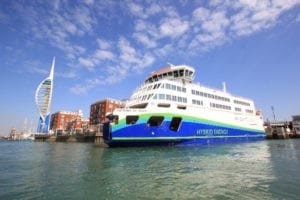Get on board and get involved
Brittany Ferries recommend that sightseers set sail in the summer – on many sailings participants will be guided by an expert, making it more likely to spot sea creature movement.
Brittany Ferries also teams up with ORCA each summer to supply special sea safaris on their crossings to Spain. All their Spanish routes pass through the Bay of Biscay, an ideal spot to see a variety of sea creatures whilst sailing.
It is possible to see lots of wildlife when travelling with Caledonian MacBrayne, which has appointed a full-time ORCA wildlife officer to help educate crew and passengers about marine life across the west coast.
Passengers have the chance to see a range of animals including otters, eagles, whales and dolphins. Last year’s OceanWatch saw 302 sightings of marine mammals off the west coast.
Common dolphins were the most abundant species spotted across the Mallaig to the Small Isles, Oban to Colonsay and Oban to Coll, Tiree and Barra routes, followed by harbour porpoises, grey seals and minke whales.
DFDS is funding the appointment of two wildlife officers on board cruise ferry King Seaways so customers can learn about the marine wildlife of the North Sea and participate in fun activities and deck watches.
Common wildlife to spot en route includes dolphins, harbour porpoises and a variety of sea birds, plus even occasionally minke whales.
Customers can either book the dedicated Wildlife Watching mini cruise or just join in the activities for free. The wildlife-watching activities run on board the King Seaways on routes from Newcastle to Amsterdam between late March and mid-September.
Irish Ferries facilitates a long-term survey of whales, dolphins and porpoises run by the Irish Whale and Dolphin Group (IWDG). Every month, spotters from the IWDG conduct surveys from on board the Ulysses and the Isle of Inishmore.
Anyone travelling on the ships can look out for dolphins leaping out of the water, or even riding the ship’s bow wave. Possible sightings also include harbour porpoises and the rare minke whales.
The Isles of Scilly Steamship Group’s Scillonian III route is a hotspot for marine wildlife, and offers regular sightings of seabirds, sunfish, dolphins, seals and, on the odd occasion, pods of basking sharks. Even minke whales have been spotted.
MBNA Thames Clippers have teamed up with ZSL to get passengers wildlife-spotting in the Thames!
Minke whales and grey seals have been spotted by a number of Isle of Man Steam Packet Company passengers, which goes to prove the Irish Sea is no stranger to marine life. The company has long supported surveys of marine life and is proud to have been associated with OCRA OceanWatch and Manx Whale and Dolphin Watch.
P&O Ferries get involved with ORCA OceanWatch each year and they encourage their passengers to watch out for wildlife year round.
Red Funnel Ferries support ORCA and say that Southampton water at low tide is a great spot for bird watchers and seals and dolphins can occasionally be seen in the Solent.
Stena Line say passengers travelling on the North Sea and on the Irish Sea may catch a glimpse of the friendly dolphins skipping alongside the ferry.
Wightlink regularly host ORCA spotters on board their ships, and have done since 2015. They recommend the coasts of Yarmouth, the Isle of Wight and even the busy Portsmouth Harbour as great places to spot dolphins, though whales are rare.
Click here to find out about the revolutionary Breton farmer who launched Brittany Ferries.
 Play Video about This Rock Might Just Save The World
Play Video about This Rock Might Just Save The World Play Video about Play 2 hours of rock
Play Video about Play 2 hours of rock Play Video about Play 2 hours of brook
Play Video about Play 2 hours of brook Play Video about Play 2 hours of sheep
Play Video about Play 2 hours of sheep

















